By: Martha Molfetas
Impact Wins: these days, it can seem like good news rarely happens - especially in relation to climate change and the environment we all rely on. Once a month, you can expect a blog from us that features some good news on climate action and environmental protection.
In 1882, when the first electric illuminated lights turned on in New York City, it was electrified by a small local power station; initially serving 85 customers. Over time, every few blocks were powered by one station. As technical knowledge increased, so did the size and distance of power plants. Today, most people with access to energy rely on costly infrastructure networks that deliver fossil fueled power great distances from their homes. Around the world, 1.1 billion people lack access to energy at all, with another 2.8 billion having to rely on biomass to cook and warm their homes; suffering grave health consequences. If we're going to reach our international Sustainable Development Goals (SDGs) on energy access, health, infrastructure, and sustainable communities - that 16-25% of the global population will need to have access to power generation.
Thankfully, our technological know-how has evolved greatly in the last 136 years. Rural and energy poor communities can now skip that whole toxic slush of fossil fueled power generation and be powered by clean energy micro-grids. Micro-grids are essentially what they sound like, they are small local grids with small local power generation. They do not need to be connected to main power generation systems and can act, be managed, and store energy independently of said larger networks. Most rely on solar power, but they could also run on wind or any other type of energy resource.
Currently, micro-grids are still relatively new to the international development scene, but it hasn't stopped developing countries from implementing micro-grids as a low-cost high social impact investment. 95% of people without access to energy reside in Sub-Saharan Africa or Asia; with 80% residing in rural areas. Of that 1.1 billion lacking any access to energy, one-quarter live in India. Over the next five years, India's government plans to spend $2.5 billion to build micro-grids with the goal of having nation-wide access to electricity by 2030.
In the African continent, uptake of micro-grids has been slow, with the lion's share of energy infrastructure projects going towards expanding existing networks. Although, it really depends on which countries you're talking about. By 2021, Kenya will likely have upwards of 3,000 solar powered micro-grids; with an anticipated 35,000 micro-grids across the whole of Africa. A large hurdle for the continent's micro-grids is investment. However, targeted development projects are underway by the World Bank, EU and US government aid organizations; as well as by private companies.
We can capitalize on the co-benefits of micro-grids to both combat climate change and reach our global SDGs. Micro-grids provide so much more than illumination. Every new micro-grid increases GDP, powers cell-phone towers, provides communities with the means to store vaccines and provide lifesaving health services, illuminates streets at night to increase safety for women and girls, and prevents respiratory illnesses caused by biomass cook-stoves. All of this while bringing carbon-neutral energy to communities. A win for our environment and a win for rural communities.
***
Ready to make an impact? Take our Impact Pledge and commit to learn, share, and act on climate change and environmental justice.
Photo by: NASA, the world at night

